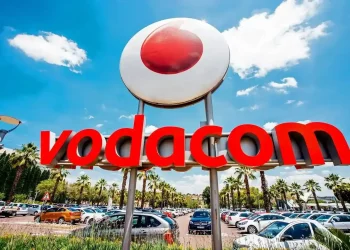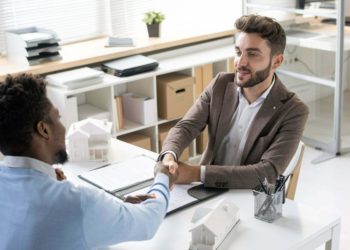Kenya’s urban landscape is bustling with signs of aspiration, from malls to gated estates, digital banks to private schools. On the surface, the middle class appears to be thriving. But beneath this gloss lies a fragile reality: much of Kenya’s so-called middle class is one emergency away from financial collapse. The Kenya National Bureau of Statistics (KNBS) defines the middle class as households earning between KES 23,670.0 and KES 199,999.0 per month.
The illusion of stability is often maintained through loans, digital credit apps, SACCO advances and salary overdrafts. While these tools offer short-term comfort, they also entrench a lifestyle that’s unsustainably funded. Many urban professionals live in rental homes whose cost exceeds 30.0% of their income, drive cars on asset finance and support extended families while juggling school fees and healthcare costs often without any form of long-term savings.
This situation isn’t unique to Kenya, but the economic pressures here are amplified by a combination of rising inflation, stagnant wage and an increasingly competitive job market. According to the Kenya National Bureau of Statistics (KNBS), formal employment opportunities remain scarce, particularly for the youth. As a result, a significant portion of the population is “middle class” only by consumption patterns and not by savings, investments or financial resilience.
Moreover, social pressure plays a powerful role. In an age of curated digital lifestyles, there’s immense pressure to look successful; to dress well, eat out and take children to “good schools” even when it stretches the household budget. These choices often erode opportunities for true wealth-building, like owning property, investing in pension schemes or building emergency funds.
To shift the narrative, Kenya’s middle class must redefine success. It’s time to prioritize financial literacy, delayed gratification and long-term planning over image-driven consumption. Tools like budgeting apps, investment platforms and employer-backed pension schemes are underused resources that can help reverse the trend.
The real measure of middle-class success should be the ability to weather a job loss without panic, to fund a child’s education without debt and to retire with dignity, not the ability to lease a car or fly to the Coast for a long weekend.
In Kenya’s current economy, comfort must be built, not borrowed.

















